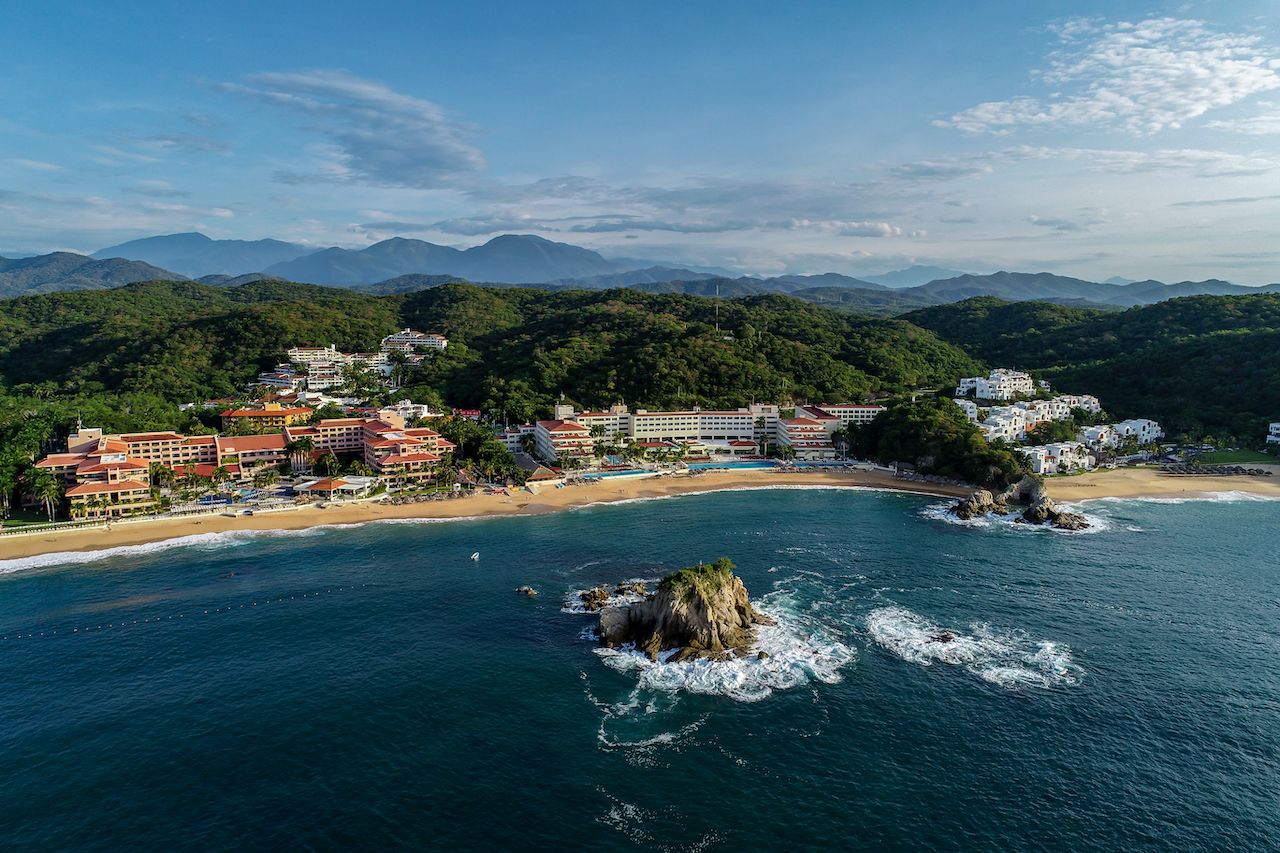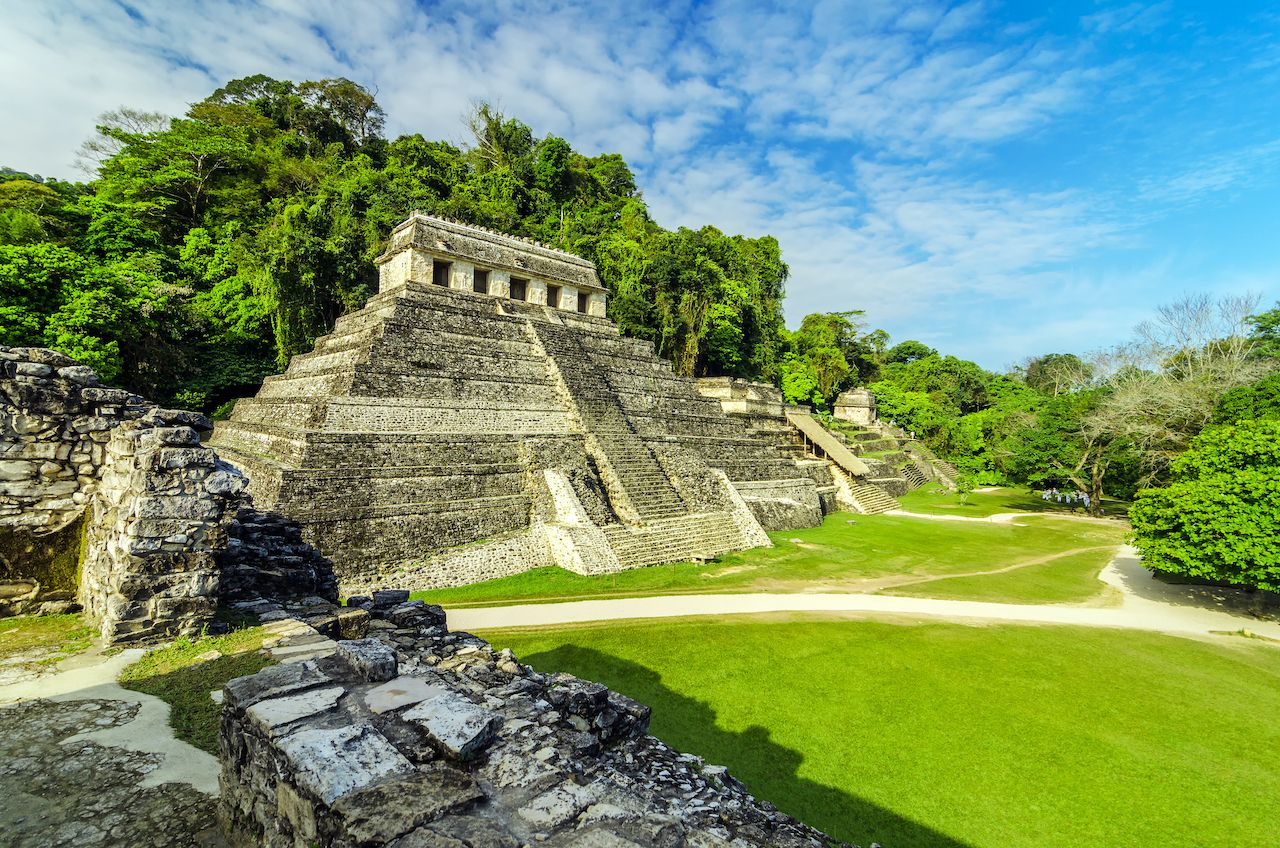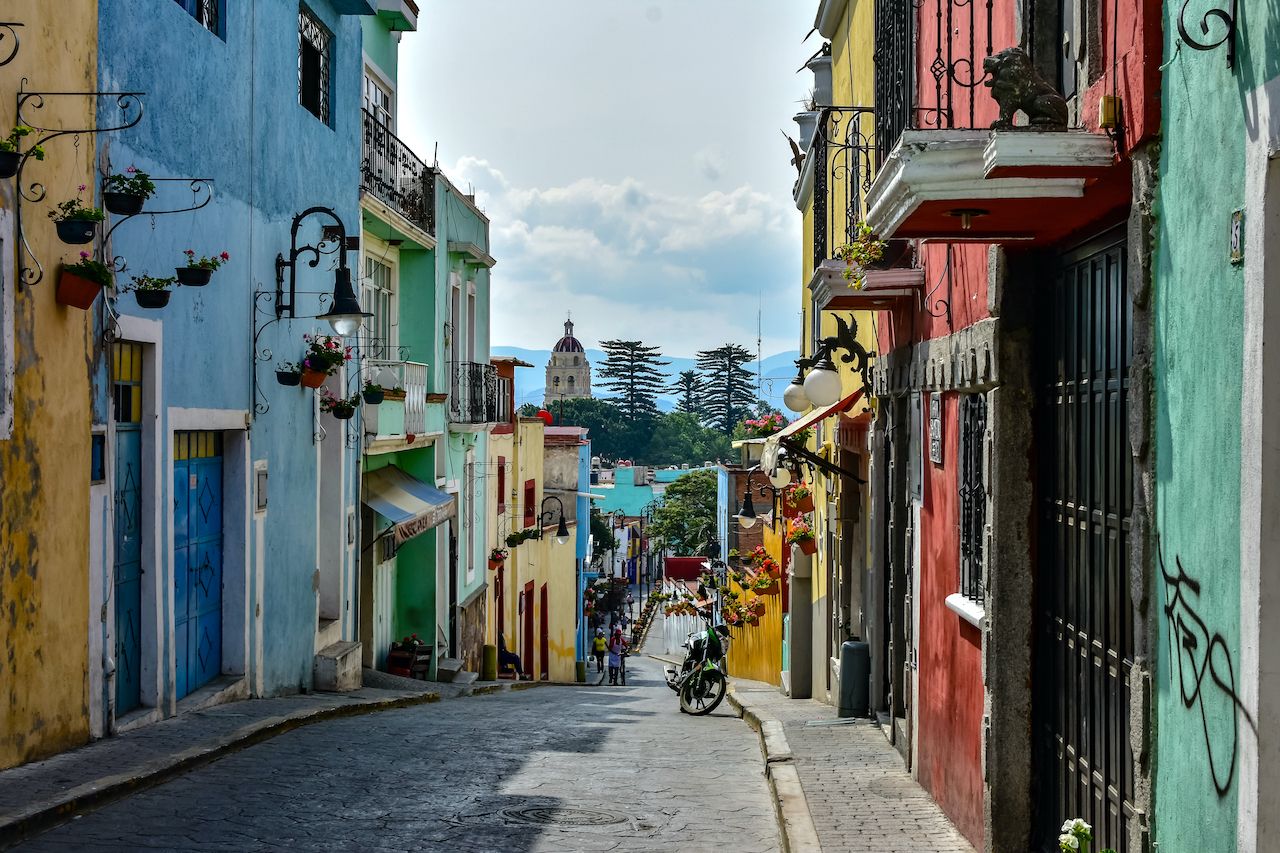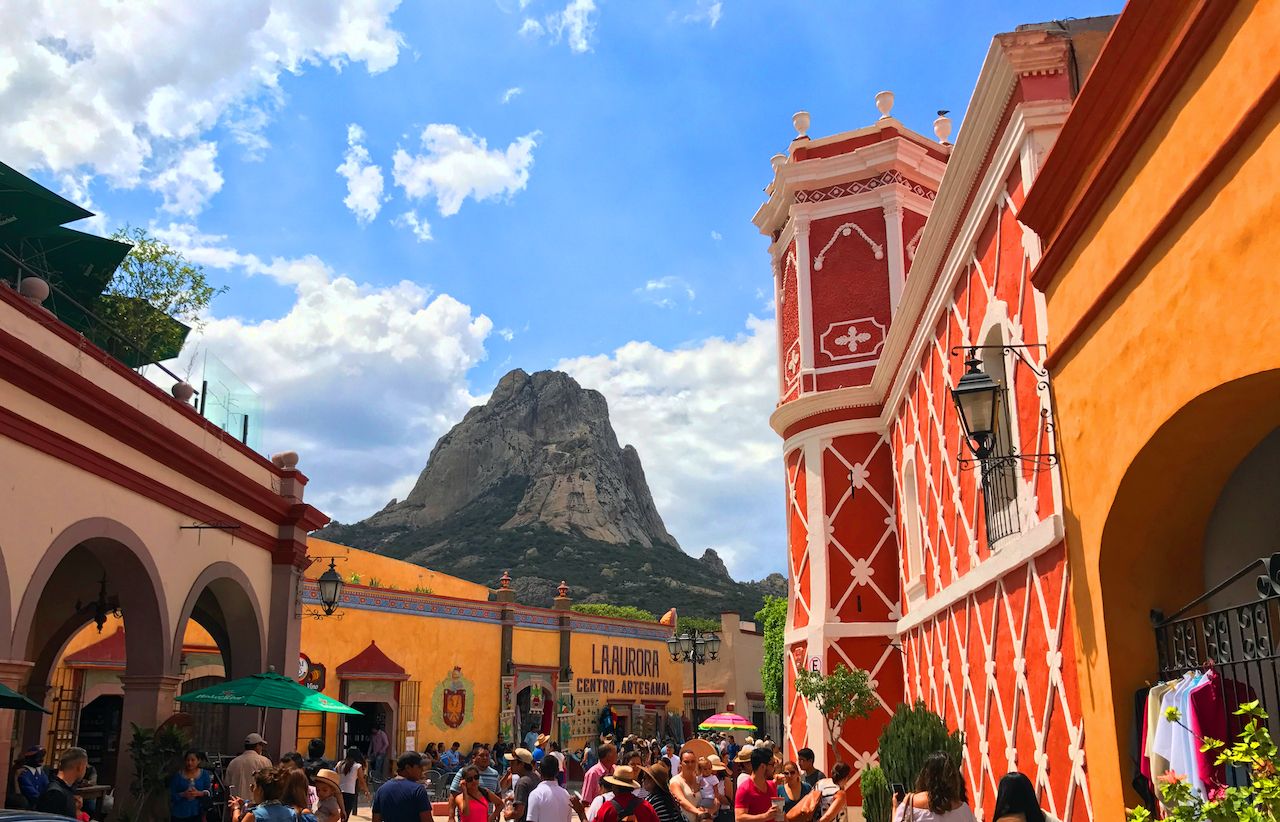There are a lot of magical towns in the world. According to Mexico’s secretary of tourism, there are over 130 magical towns in Mexico alone. Officially.
In 2001, Mexico’s tourism department launched the Pueblos Mágicos program to help generate tourism in rural areas. Huasca de Ocampo in the landlocked Hidalgo state was the first town awarded magical status. The list grew steadily until 2010 when the program was relaunched with more government support to help increase the tourism infrastructure in designated towns. Today, there are 132 pueblos mágicos spread across Mexico’s 31 states, including 11 new additions that were announced earlier this year.







